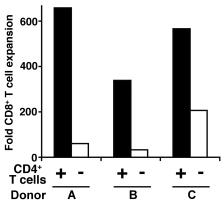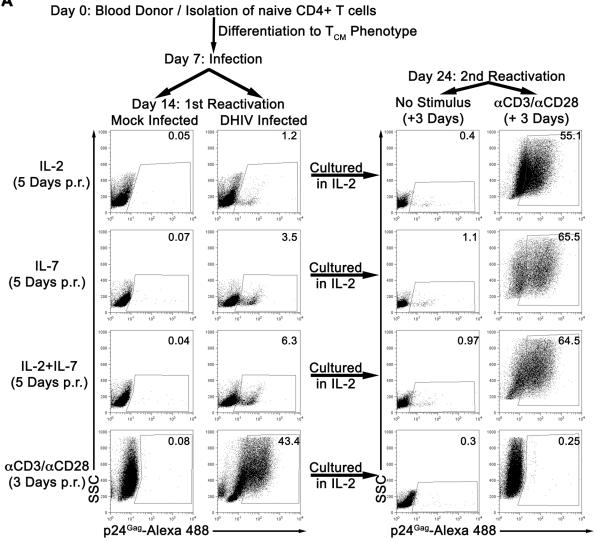Human Prolactin Recombinant
Categories: HematopoietinsRecombinant Human CytokinesSingle chain family$70.00 – $1,350.00
Description
Accession
P01236
Source
Optimized DNA sequence encoding HumanProlactin mature chain was expressed in Escherichia Coli.
Molecular weight
Human Prolactin is generated by the proteolytic removal of the signal peptide and propeptide, the molecule has a calculated molecular mass of approximately23 kDa. Recombinant Prolcatin is a monomeric protein consisting of200 amino acid residue subunits, and migrates as an approximately23 kDa protein under non-reducing and reducing conditions in SDS-PAGE.
Purity
>98%, as determined by SDS-PAGE and HPLC
Biological Activity
The ED(50) was determined by the dose-dependent stimulation of the proliferation of monkeyMBr-5 cells was found to be in the range of.0-40.0 ng/ml.
Protein Sequence
MNIKGSPWKG SLLLLLVSNL LLCQSVAPLP ICPGGAARCQ VTLRDLFDRA VVLSHYIHNL SSEMFSEFDK RYTHGRGFIT KAINSCHTSS LATPEDKEQA QQMNQKDFLS LIVSILRSWN EPLYHLVTEV RGMQEAPEAI LSKAVEIEEQ TKRLLEGMEL IVSQVHPETK ENEIYPVWSG LPSLQMADEE SRLSAYYNLL HCLRRDSHKI DNYLKLLKCR IIHNNNC
Endotoxin
Endotoxin content was assayed using a LAL gel clot method. Endotoxin level was found to be less than 0.1 ng/µg(1EU/µg).
Presentation
Recombinant human Prolactin was lyophilized from a 0.2 μm filtered NaHCO3 solution.
Reconstitution
A quick spin of the vial followed by reconstitution in distilled water to a concentration not less than 0.1 mg/mL. This solution can then be diluted into other buffers.
Storage
The lyophilized protein is stable for at least years from date of receipt at -20° C. Upon reconstitution, this cytokine can be stored in working aliquots at2° -8° C for one month, or at -20° C for six months, with a carrier protein without detectable loss of activity. Avoid repeated freeze/thaw cycles.
Usage
This cytokine product is for research purposes only.It may not be used for therapeutics or diagnostic purposes.
Interactor
Interactor
Q13415
Biological Process
Molecular function
Methods
In Vitro Differentiation
- To examine the ability of hBSCs to spontaneously differentiate, breastmilk cells were initially grown as spheroids (see above).
- By day 4–7, some cells had attached.
- The remaining spheroids were transferred into new wells where adherent cells appeared in 1–2 days.
- Both the initial and subsequent attached cells were cultured for another 2–3 weeks, with media changes every 3–5 days.
- For directed differentiation, primary and first- to third-passage breastmilk cell cultures were incubated in differentiation media at 37°C and 5% CO2 for 3–4 weeks.
- For mammary differentiation, cells were incubated in Roswell Park medium'>Memorial medium'>Institute medium (RPMI) 1640 with
l -glutamine supplemented with 20% FBS, 4 μg/ml insulin , 20 ng/ml epidermal growth factor (EGF) , 0.5 μg/ml hydrocortisone , 5% antibiotic-antimycotic, and 2 μL/ml fungizone. - For osteoblastic and adipogenic differentiation, cells were incubated in NH OsteoDiff or NH Adipodiff medium, respectively .
- For chondrocyte differentiation,…





